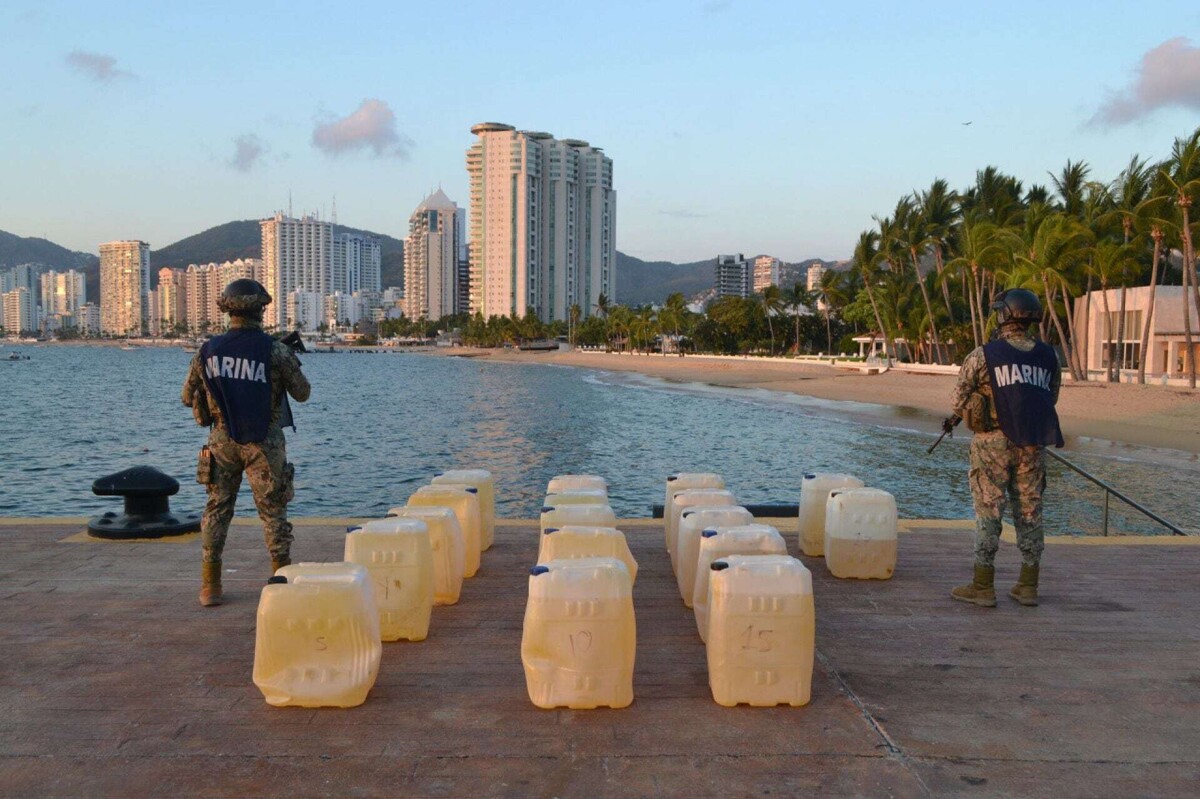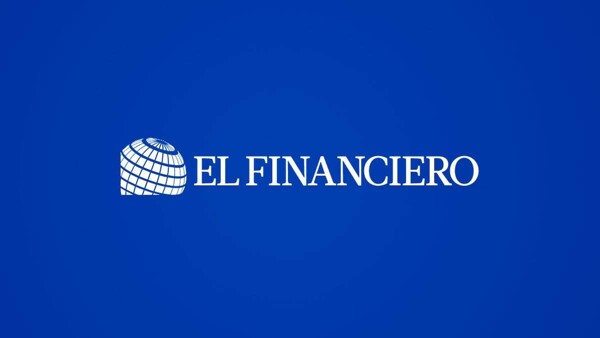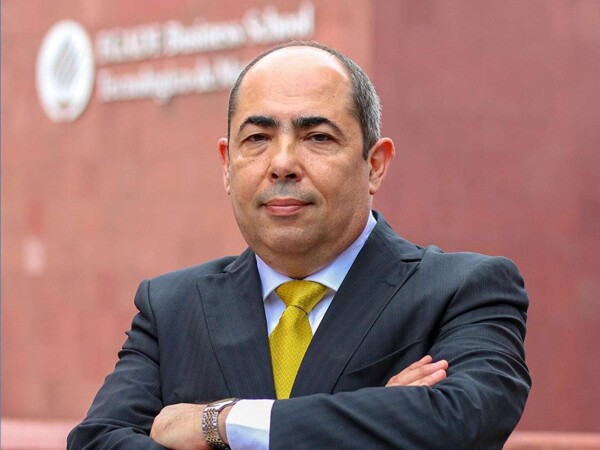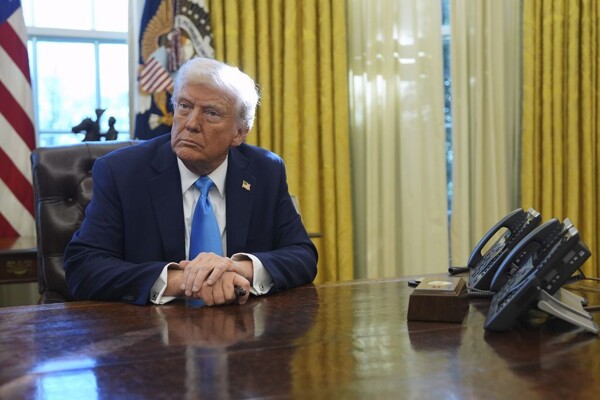
In Mexico, the possibility of setting a cap on gasoline prices is being proposed, a suggestion that arises from the National Palace. Currently, only 15 service stations sell gasoline at a minimum cost of 22.66 and a maximum of 23.99 pesos, with a profit margin ranging between 1.52 and 3 pesos.
According to the gas station businessmen grouped in ONEXPO Nacional, led by Jorge Mijares Casas, the market is being affected by the high consumption of huachicol, or stolen fuel, at gas stations. This situation completely distorts the fuel market. It is relevant that the largest organization of gasoline vendors recognizes this issue.
The proposal to sacrifice the profit margin of gas station owners raised by Sheinbaum, the president, could result in a decrease in the national average price of gasoline, especially in states where it currently has a high cost. However, fluctuations in crude oil prices, which are the main input for the production of gasoline, are not reflected in costs for the final consumer.
Sheinbaum's government has expressed its interest in regulating gas station owners in the country, emphasizing that some obtain excessive profit margins, reaching six pesos per liter in some cases, when they should only be two pesos. Although price increases below inflation are mentioned, adjustments are not considered when the price of crude oil decreases.
In an analysis conducted by PetroIntelligence, it is revealed that international brands sell regular gasoline at an average of 20 cents more expensive than Pemex, and this difference is accentuated when compared to the national average price. In Nuevo León, 37 out of 52 gas stations were rated as sellers with excessive prices, charging between 25.99 and 26.50 pesos per liter of gasoline.
Profeco has warned about high prices at gas stations through banners placed in 12 states of the country, and has pointed out that approximately three out of ten liters of gasoline sold in Mexico come from illicit sources. Reducing the price of gasoline involves a complex series of actions that depend on various factors, including the government's commitment to combat the illegal market by sanctioning those who participate in it.
The black market for fuels in Mexico already represents 30% of total consumption, according to estimates from the Energy Regulatory Commission. The differences in gasoline prices respond to commercial strategies, operating costs, logistics, location, and consumer perceived value, which justifies why some brands charge more for their products.














